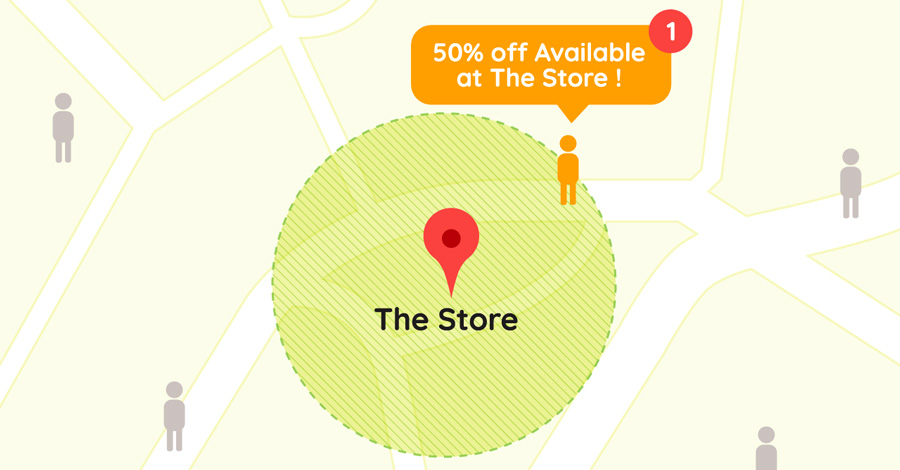
FLORIDA – Geofencing is a location-based technology that creates virtual boundaries around a specific geographic area. These boundaries are defined by GPS, RFID, Wi-Fi, or cellular data. When a device, typically a smartphone or GPS-enabled device, enters or exits the predefined geographic area, it triggers a response or action.
Here’s how geofencing typically works:
- Defining the Geographic Area: Geofencing begins by establishing a virtual perimeter around a specific geographic area. This area can be as large as a city or as small as a building.
- Setting Up Triggers: Once the geographic area is defined, triggers or actions are set up based on when a device enters or exits the geofenced area. These triggers can be programmed to send notifications, display information, collect data, or perform other actions.
- Using GPS or Other Technologies: Geofencing relies on technologies like GPS, RFID, Wi-Fi, or cellular data to track the location of devices within the defined area. GPS is commonly used for outdoor geofencing, while Wi-Fi or RFID may be more accurate for indoor applications.
- Implementing Applications: Geofencing technology is widely used across various industries and applications. Some common uses include:
- Marketing and Advertising: Businesses use geofencing to target customers with location-specific advertisements and promotions. For example, a retail store may send a coupon to customers’ smartphones when they enter a predefined area around the store.
- Fleet Management: Companies use geofencing to monitor and track vehicles. They can set up alerts when vehicles enter or exit certain areas, helping to improve route planning, monitor driver behavior, and enhance security.
- Security: Geofencing can be used for security purposes, such as restricting access to sensitive areas. For example, an organization can set up a geofence around its premises and receive alerts when unauthorized individuals enter the area.
- Parental Controls: Geofencing can be used by parents to monitor their children’s whereabouts. They can receive alerts when their child enters or exits predefined areas, providing peace of mind and ensuring safety.
Imagine a virtual fence you can draw around any area, like your competitor’s dealership or even around your own town. That’s essentially what geofencing is. Overall, geofencing is a versatile technology that enables businesses and individuals to create virtual boundaries around specific geographic areas and trigger actions based on the movement of devices within those boundaries.


About The Author: John Colascione is Chief Executive Officer of Internet Marketing Services Inc. He specializes in Website Monetization, is a Google AdWords Certified Professional, authored a ‘how to’ book called ”Mastering Your Website‘, and is a key player in several Internet related businesses through his search engine strategy brand Searchen Networks®

 *** Here Is A List Of Some Of The Best Domain Name Resources Available ***
*** Here Is A List Of Some Of The Best Domain Name Resources Available ***
Leave a Reply